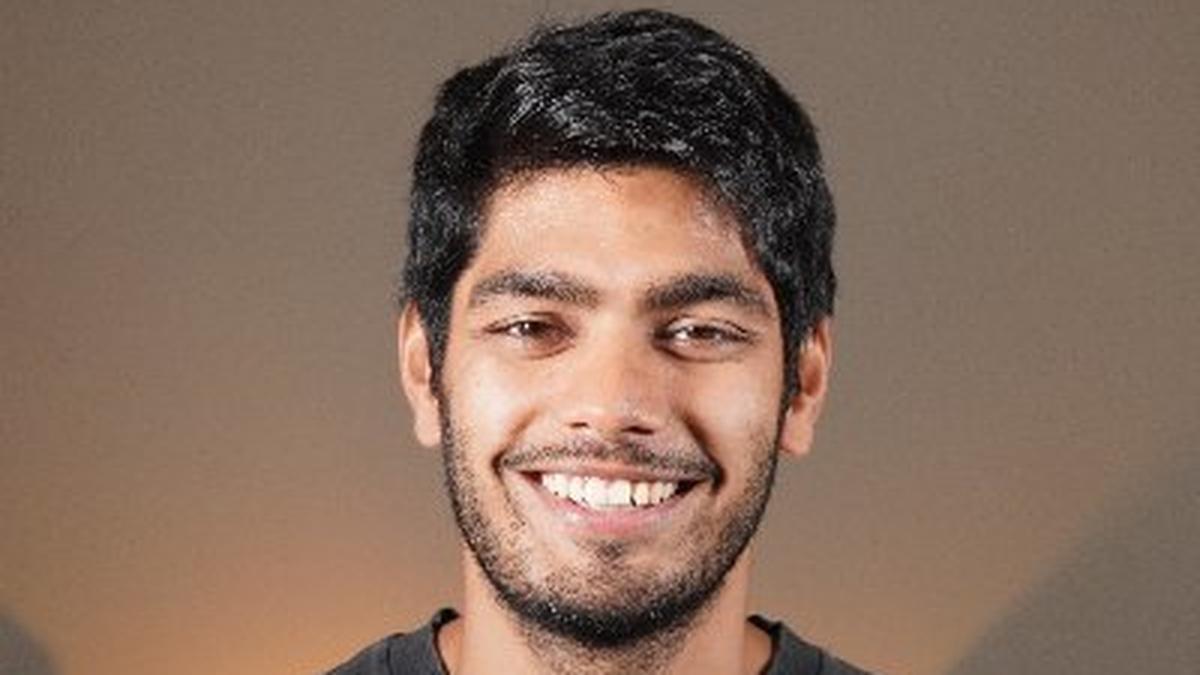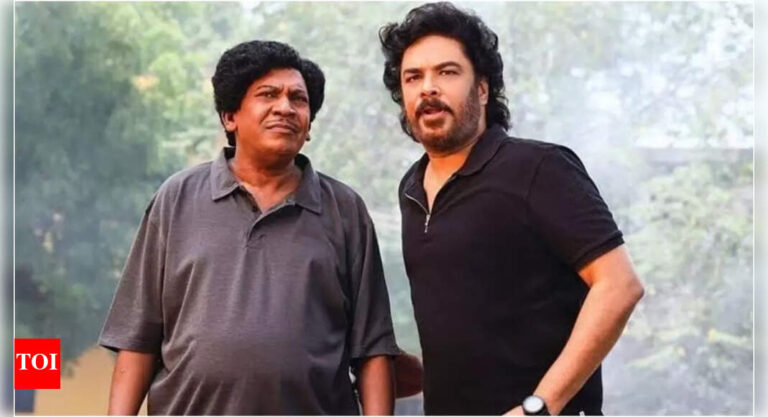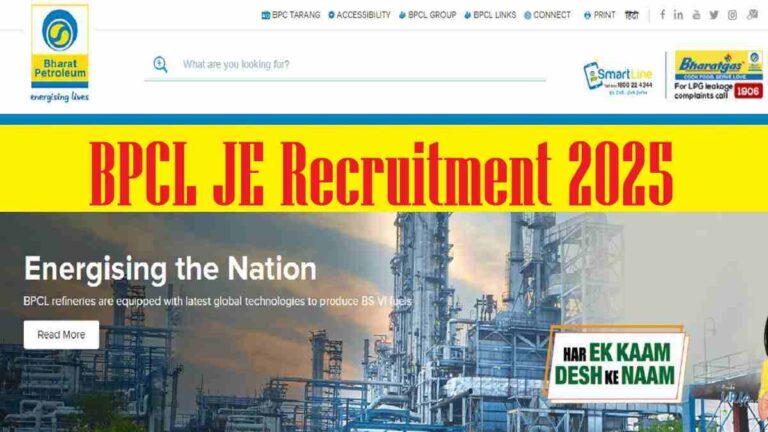YouTubers Fight Back: ANI Demands ₹48 Lakh for Clip Use, PTI Offers Budget-Friendly Solution!
YouTubers vs ANI: The Battle Over Licensing Fees
In a recent clash between content creators on YouTube and the established newswire agency Asian News International (ANI), tensions have risen over hefty licensing fees and claims of damages that have resonated throughout the digital creator community. Prominent YouTubers like Mohak Mangal have been vocal about their experiences with ANI, shedding light on the complexities of copyright law in the digital age.
The Controversy Unfolds
YouTuber Mohak Mangal documented his interactions with ANI on his channel, revealing that the agency demanded exorbitant fees amounting to ₹48 lakh for the unauthorized use of short clips from its extensive library. ANI has been firm in its stance, asserting that their claims for damages and licensing fees were justified due to copyright laws governing the use of their content. Meanwhile, Mangal and others argue that their use of ANI’s footage falls under the legal doctrine of "fair use," which allows for brief snippets of copyrighted material to be utilized without prior permission under certain conditions.
The crux of the disagreement revolves around the interpretation of copyright law in India, specifically the provisions for "fair dealing" under the Copyright Act of 1952. While jurisdictions like the United States have well-established legal precedents on fair use, India’s legal framework for copyright and its application in the realm of news and online content remains largely untested.
Press Trust of India Steps In
In light of the backlash from YouTubers and the growing concerns surrounding licensing fees, the Press Trust of India (PTI), another major newswire agency in India, has taken a different approach. On May 27, 2025, PTI announced its commitment to supporting content creators by offering more affordable access to its video footage for use on platforms like YouTube and social media. PTI’s statement emphasized the organization’s dedication to responsible content creation, setting it apart from ANI’s stringent demands.
While PTI has not disclosed specific fee structures, its willingness to engage with individual creators reflects a growing recognition of the importance of digital platforms as avenues for news dissemination and commentary. The move is anticipated to foster collaboration between established news agencies and independent content creators, promoting a more open landscape for news consumption.
The Legal Landscape: Fair Use vs. Fair Dealing
The discourse around licensing fees and copyright infringement has sparked broader discussions about how creative content is regulated in India. Here are some key points regarding fair use and fair dealing:
- Fair Use (U.S. Context): Traditionally allows for limited use of copyrighted materials without permission, particularly for commentary, criticism, or education.
- Fair Dealing (India’s Context): More restrictive with specified exceptions, primarily encompassing research, private study, criticism, review, and reporting current events. The legal framework’s application in digital contexts, particularly with news content, remains ambiguous.
Both Mangal and his peers are advocating for clearer guidelines and legal protections that would better define their rights as content creators. They argue that the digital explosion of user-generated content and the ascendancy of platforms like YouTube necessitate an evolution in how copyright law is interpreted and enforced.
What This Means for Content Creators
The ANI controversy serves as an important case study for all digital content creators and highlights the need for:
- Clarity in Copyright Governance: As the digital landscape continues to evolve, clear definitions around copyright use for news clips and similar materials are essential.
- Open Dialogue Between Agencies and Creators: Establishing channels of communication and negotiation can help build mutually beneficial relationships between traditional media entities and new-age content creators.
- Workshops and Education: Increased awareness and understanding of copyright issues, fair use policies, and the rights of creators can contribute to a more informed environment in which content is produced.
In a world where digital content reigns supreme, navigating the legal intricacies of copyright law is a journey that many creators must embark upon. The ANI vs. YouTubers battle is just one chapter in a much larger narrative about content creation in the 21st century.
Final Thoughts
As the discourse on licensing fees continues, it is crucial for digital creators, news agencies, and policymakers to collaborate in crafting comprehensive solutions that respect intellectual property rights while also facilitating creativity and expression in the ever-expanding digital marketplace. The outcome of these discussions could play a pivotal role in shaping the future landscape of content creation and distribution in India.





